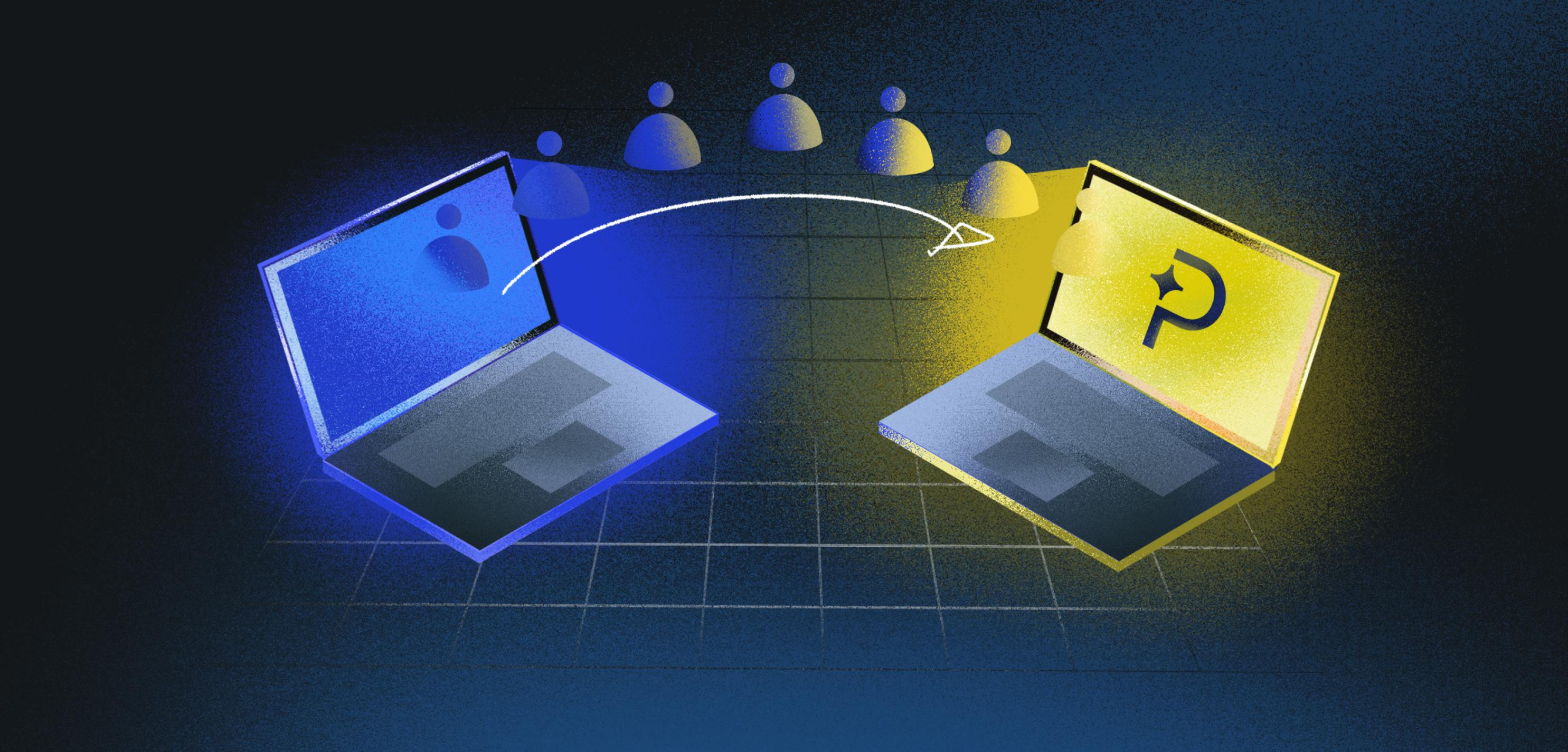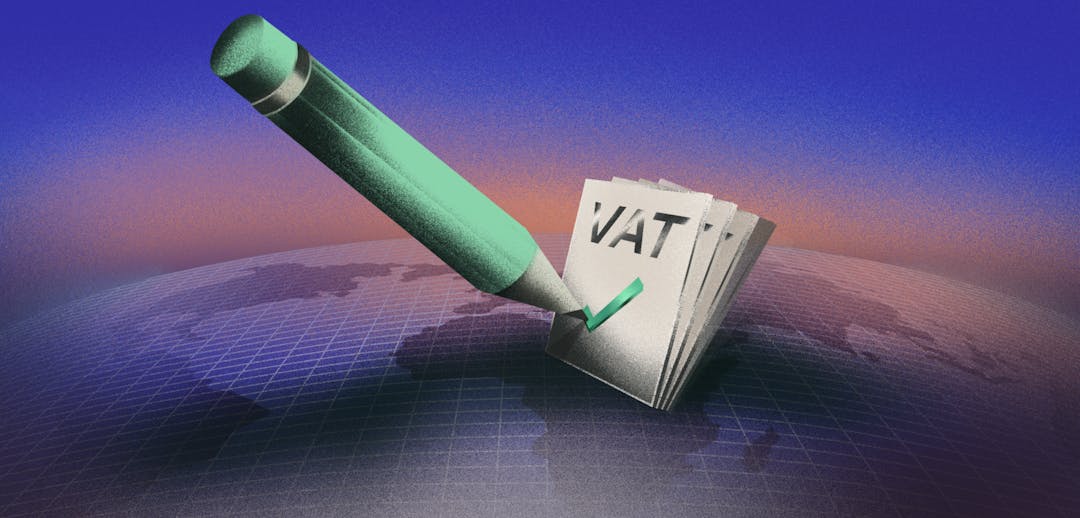Welcome to Part Three of Selling SaaS Globally, a practical handbook for SaaS leaders looking to scale their business globally.
Even with broad reach, SaaS businesses need strong market fit to see meaningful traction in new territories.
Different markets will have different needs and expectations of your product and support services. Meeting those needs might require you to build bespoke functionality or partner with other local solutions that already offer it. Understanding the total addressable market (TAM) and competitive landscape in each geography will help you decide what to prioritize, what to optimize, and where your product has the best chance
of success.
To ensure you’re building a product that customers want, and to make it easy for them to use and see value from it, you should concentrate on two things: product localization and support.

Localizing your product when selling SaaS globally
Light-touch changes can help you meet with different customer expectations in different markets, and increase engagement with your product. You need to:
- Ensure your product supports multiple languages and scripts
- Translate all copy and collateral, especially technical documentation
- Conduct market research to identify cultural differences between territories
Why is this a challenge?
When done well, product localization can increase customer satisfaction and engagement and grow your customer base in new markets. When done badly, it can mean products feel ill-suited
or impersonal, causing customers to drop off and seek out your competitors.
But often, product localization is an afterthought – if it’s not overlooked entirely. That’s because it’s seen as interfering with growth, not supporting it. Having to repeatedly tweak your product before you launch it can be more resource-intensive than it seems, and slows down your time to market. It can also be difficult to balance against bigger items on your development roadmap, which may be seen as more strategically important.
It becomes more challenging as you scale. Unless you have native speakers on your team from every single target market, you’ll need to employ translators or translation tools – adding more expense and slowing development further.
How to solve the problem
1. Research your target market in detail
There’s more to culture than language. Conducting market research can help you understand the cultural nuances which might impact your product strategy in each geography, like the tone of voice or color palette.
What are the benefits?
Ideally, good localization will feel like an original and unique experience – not something that’s been translated or adapted. This avoids alienating your target audiences.
2. Display information according to local conventions
Software localization ensures your product can support each market’s required functionality and user interface conventions. It includes support for different date and time displays, currencies, and scripts, especially:
- Double-byte languages (like Japanese)
- Languages with complex scripts (like Hindi)
- Right-to-left languages (like Hebrew)
What are the benefits?
Software localization improves the user experience, making your product accessible and easy to use for as many potential customers as possible. This enables you to expand your customer base in new markets.
3. Speak the local language
Language localization involves enlisting translators or software to create localized in- app and UX copy, and onboarding collateral. Work with translators to ensure all product copy is optimized for both users and search engines in each geography you enter.
What are the benefits?
75% of customers prefer to make buying decisions in their native language.14 Working with native speakers either as translator or during QA rather than relying solely on translation software avoids awkward phrasing, and helps smooth out the customer experience.
Customer support when selling SaaS globally
Once your product is in the hands of users, you also need to consider how you help them use it. Your support offering should:
- Reduce friction that could turn customers onto local competitors
- Make it easy for them to troubleshoot issues when they inevitably arise
- Provide prompt solutions across time zones
- Be of the same standard regardless of where the customer is based
Why is this a challenge?
Customers have high expectations: 51% want businesses to be available 24/7, and if you can’t meet their needs, they might go elsewhere.
Providing full-time support in every timezone is a mammoth task. It can require a huge headcount across multiple different offices, which is expensive to implement and challenging to centrally manage – especially if some of that headcount is also remote.
These issues are made more complicated by the fact that customers in different geographies have different preferences about how they contact you, too. In Asia, WeChat is popular, and businesses globally are starting to use Facebook Messenger and Whatsapp alongside traditional phone and email channels.

How to solve the problem
1. Establish a support ethos
A support ethos establishes where, when, and how your business will deploy support in each new geography. Some use a ‘follow the sun’ methodology, offering consistent support from teams in different timezones. Others employ a support team that works a shift pattern out of their HQ.
What are the benefits?
Thinking strategically about whether you provide live support or automated self-serve, 24 hours or office hours, by phone or by digital channels can help you provide maximum coverage and customer satisfaction. This approach also keeps costs lower, as you avoid the need to hire out of hours and weekend staff that work for higher rates.
2. Automate support channels
Not all support requests will require human intervention. Simpler issues can be tackled by empowering users to self-serve their way to a solution. This is achieved by improving your documentation, FAQs and help center, or by implementing chatbots.
What are the benefits?
Automating support channels reduces the volume of tickets being created, as customers are empowered to help themselves. It also helps you deploy budget more efficiently, freeing up expensive human resource to focus on more strategically valuable work.
3. Implement QA processes
Quality Assurance (QA) is the process of reviewing customer service conversations in order to deliver consistently high-quality support. QA can be performed by existing team members with the support of frameworks and technology, or can be a full-time role.
What are the benefits?
QA ensures that the increase in tickets as you scale does not result in a decrease in response quality. It takes the burden of review away from support team leads, so they can concentrate on management rather than execution.






